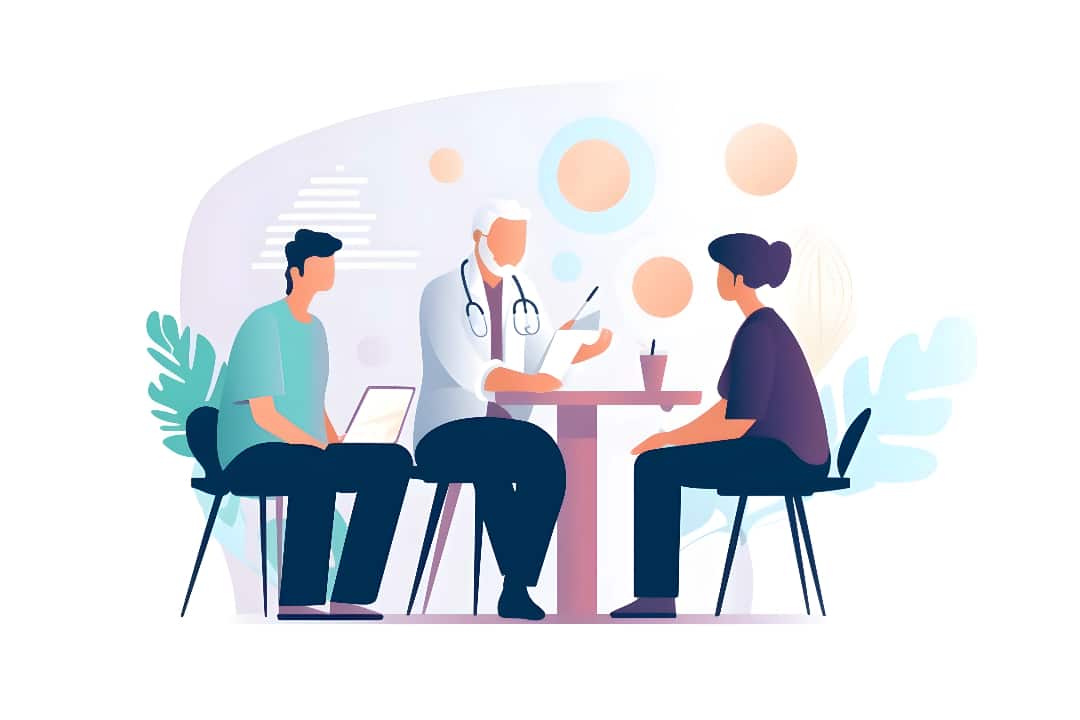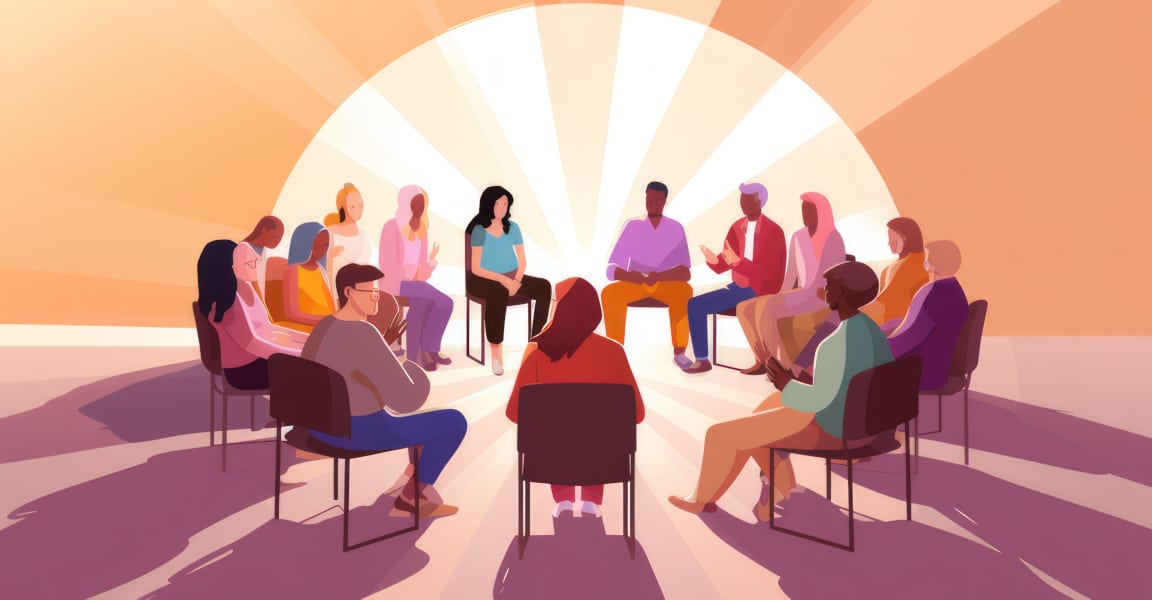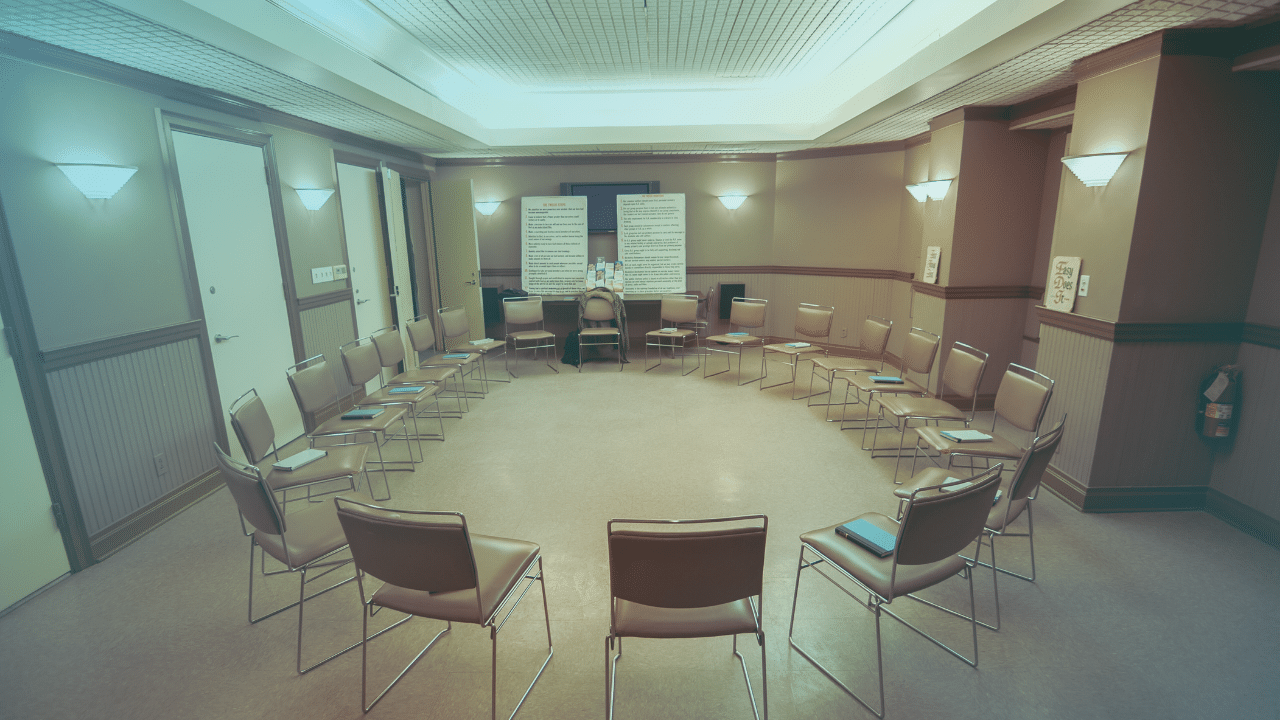
Addiction is a serious, chronic condition characterized by compulsive substance use. It affects people from all walks of life, all around the world. An estimated 46.3 million people in the United States alone live with a substance use disorder.1 Long-term substance use can cause serious problems and may even be fatal. Knowing the dangers of alcohol and drug addiction, why do some people still develop addiction?
Learning about the addiction cycle will help you better understand how substance use disorder develops. Additionally, what happens when someone finds themselves trapped in the cycle of addiction and where should you look when you’re wondering how to help addiction?
Criteria for Addiction
Not everyone who uses substances falls into the addiction cycle or has a substance use disorder. The Diagnostic and Statistical Manual of Mental Disorders (DSM-V) outlines the following criteria for diagnosing substance use disorders:
- Taking more substances or using substances for longer than intended
- Wanting to cut back or stop using substances but not being able to
- Spending a lot of time getting, using, or recovering from substance use
- Experiencing cravings, or the overwhelming desire to use substances
- Neglecting responsibilities at work, school, or home because of substance use
- Continuing to use substances despite it causing problems in relationships
- Cutting back on or quitting recreational activities and hobbies to use substances
- Ending up in unsafe environments or situations because of substance use
- Continuing to use substances despite worsening physical or psychological conditions
- Developing tolerance or needing more of a substance to achieve the desired effect
- Experiencing withdrawal or negative physical and psychological symptoms when not using substances
If someone you love experiences at least two of the above symptoms, they meet the criteria for substance use disorder and are likely trapped in the addiction cycle.2
The Addiction Cycle
Current research suggests that people living with substance use disorder experience the addiction cycle, broken down into three distinct phases:
- Binge/Intoxication: The first stage is binge/intoxication, where the person uses substances and experiences the dopamine release that comes with substance use.
- Withdrawal/Negative Affect: The second stage is withdrawal/negative affect, where dopamine levels decrease and is followed by an increase in negative emotional states.
- Preoccupation/Anticipation: The third stage is the preoccupation/anticipation stage when the person experiences the overwhelming desire to overcome their negative emotional state by using more substances.
The cycle of addiction only worsens with time, especially when left untreated.3 Learning how to help addiction is the first step to finding freedom from the cycle.
How to Help Addiction
Although the addiction cycle is difficult to escape, thankfully, it isn’t the end of the road. Treatment programs like those at Steps to Recovery know how to help addiction and offer a path to freedom. Whether you’re looking for detox services, inpatient treatment, or an intensive outpatient program, we offer a continuum of care that can help you no matter where you are in your recovery journey. To learn more about Steps to Recovery and finding care at our facility, call us at 267-719-8528 or submit an online contact form today.
References
- Substance Abuse and Mental Health Services Administration. (2022). National Survey on Drug Use and Health 2022.
- Johns Hopkins University. (2020). Substance Use Screening and Risk Assessment in Adults.
- Lancet Psychiatry. (2018). Neurobiology of addiction.
Explore this article:
Explore Our Facilities
Drug and alcohol detox and residential treatment for addiction and mental health disorders
Outpatient treatment center for substance use disorder and mental health disorders
Outpatient treatment center for substance use disorder and co-occurring mental health disorders







